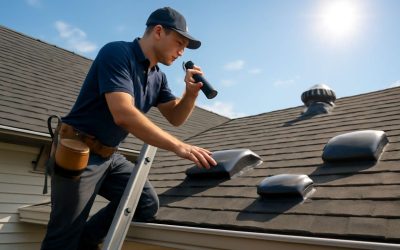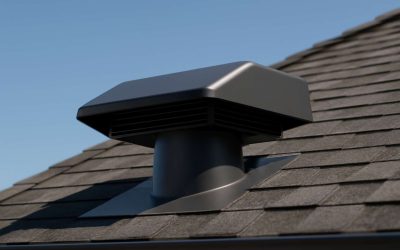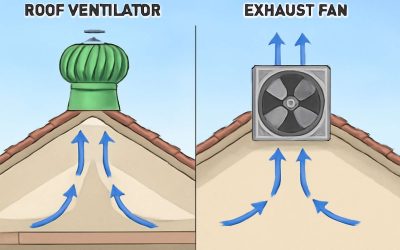
Roof ventilators are devices used to circulate air from outside to the interior of a building. These ventilators are used in various applications, including industrial and commercial buildings. For example, they are a necessary feature for ventilation in a factory. The purpose of roof ventilation is to keep the air in the roof cavity refreshed, as well as dry and cool. It also prevents damage caused by condensation.
There are several different types of roof ventilators, which can be classified as passive or active. Passive ventilators are generally designed to be aesthetically pleasing and to blend with the building’s design. They require little maintenance, and they operate by utilizing a directional wind to pull air into the system. While these ventilators are effective and affordable, they are more limited in terms of a number of vents and the size of the vents.
Active ventilators are a more efficient way of supplying fresh air to a building. While they use wind to draw air in, they require a source of electricity to run. They may be installed on a wall, or on the roof, depending on the application. Their efficiency ratings are higher than passive vents, but they are less aesthetically appealing.
Mechanical ventilators are a common choice for the attic. These ventilators can be powered by a variety of methods, from solar energy to direct connection. Many are available with different control options, such as a timer or temperature sensor.
Turbo roof ventilators are also an option. This type of ventilator relies on the Bernoulli principle to generate a low pressure within the turbine. Air is then forced through gaps between the blades. As the turbine turns, the wind accelerates and helps to induce air flow.
Wind driven green roof ventilators are an option that is ideal for industrial roofs. They are light in weight, rigid, and dust proof. Moreover, they are able to mount on existing industrial roofs, making them a great solution for industrial and commercial ventilation needs.
Roof ventilators are available in many varieties and can be installed with minimal interference to the existing roof structure. They are available in a variety of shapes and sizes. You can find rectangular, belt drive, and fabricated steel fixed pitch impellers. A variety of colors is available, so you can choose a color that matches your building’s style.
When installing a ventilation system, it is important to follow the manufacturer’s installation instructions. Some manufacturers even offer a simpler calculation to determine the number of vents that you will need. However, this method does not always result in the best results. In addition, a Class I or II vapor retarder should be installed on the warm-in-winter side of the ceiling to prevent moisture from entering.
If you are looking for a specialized solution, Strand(r) roof ventilators provide an innovative alternative. These units have been tested to Australian Standards AS 2428.1 and are designed for cyclonic areas. With an innovative design and functionality, these roof ventilators are an ideal choice for a wide range of applications.



0 Comments